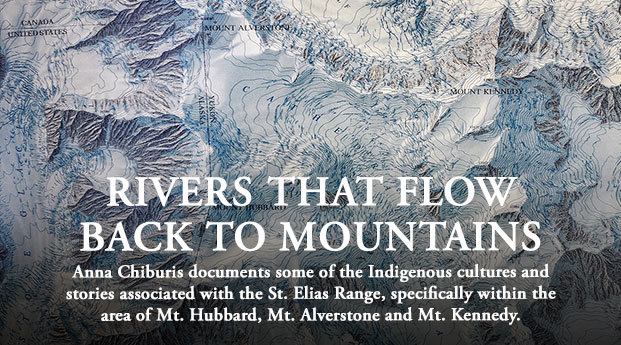American Alpine Club CEO Phil Powers to step down in summer 2020
American Alpine Club CEO Phil Powers announced yesterday, October 1, that he plans to retire after 14 years. He will remain CEO until this winter, then he will step back and continue working with the organization as a senior advisor until next summer. The goal is to transition to new leadership by summer 2020.
![Phil Powers at an American Alpine Club Benefit Dinner with Doug Walker, a former president of the AAC who died in an avalanche in 2016. [Photo] Jim Aikman](https://dev.alpinist.com/wp-content/uploads/2023/09/phil-powers-1-930x620.jpg)

![The Pugilist at Rest (5.10 A3 M5) follows the long center rib in the middle of the photo. The Wilford Couloir is the gully just to the left. [Photo] Mark Wilford](https://dev.alpinist.com/wp-content/uploads/2023/09/pugilist-1-930x620.jpg)
![Jack Tackle on Pitch 11 of A Pair of Jacks/Arctic Discipline, Mt. Kennedy. [Photo] Jack Roberts](https://dev.alpinist.com/wp-content/uploads/2023/09/arctic-discipline-1-930x620.jpg)
![The author linking moves on Magnetar (5.13d) at Rifle Mountain Park, Colorado, last May. [Photo] Karissa Frye](https://dev.alpinist.com/wp-content/uploads/2023/09/lowa-rocket-1-2-930x620.jpeg)
![Wendy Teichmann, Andrea Rankin, Gertrude Smith and Helen Butling assemble at camp as they prepare for an attempt on the unclimbed Mt. Saskatchewan in 1967. [Photo] Courtesy Andrea Rankin](https://dev.alpinist.com/wp-content/uploads/2023/09/mt-saskatchewan-1-930x620.jpg)
![The north buttress of Mt. Kennedy as seen during the 1935 National Geographic Society Yukon Expedition. At the time, Bob Bates wrote that he hoped the peak would be called Mt. Washburn. It was known as East Hubbard until it was renamed for President Kennedy in 1965. In his years as director of the Boston Museum of Science, Washburn hung an enlarged version of this photograph on his office wall. [Photo] Bradford Washburn, Bradford Washburn collection, Museum of Science](https://dev.alpinist.com/wp-content/uploads/2023/09/a67-mpessay-rivers-flow-back-1-930x620.jpg)